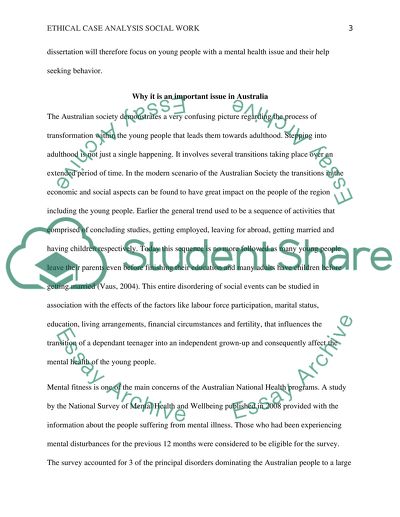Cite this document
(“Individual Ethical Case Analysis Social work/ Human services Study”, n.d.)
Retrieved from https://studentshare.org/sociology/1627707-individual-ethical-case-analysis-social-work-human-services
Retrieved from https://studentshare.org/sociology/1627707-individual-ethical-case-analysis-social-work-human-services
(Individual Ethical Case Analysis Social Work/ Human Services Study)
https://studentshare.org/sociology/1627707-individual-ethical-case-analysis-social-work-human-services.
https://studentshare.org/sociology/1627707-individual-ethical-case-analysis-social-work-human-services.
“Individual Ethical Case Analysis Social Work/ Human Services Study”, n.d. https://studentshare.org/sociology/1627707-individual-ethical-case-analysis-social-work-human-services.


